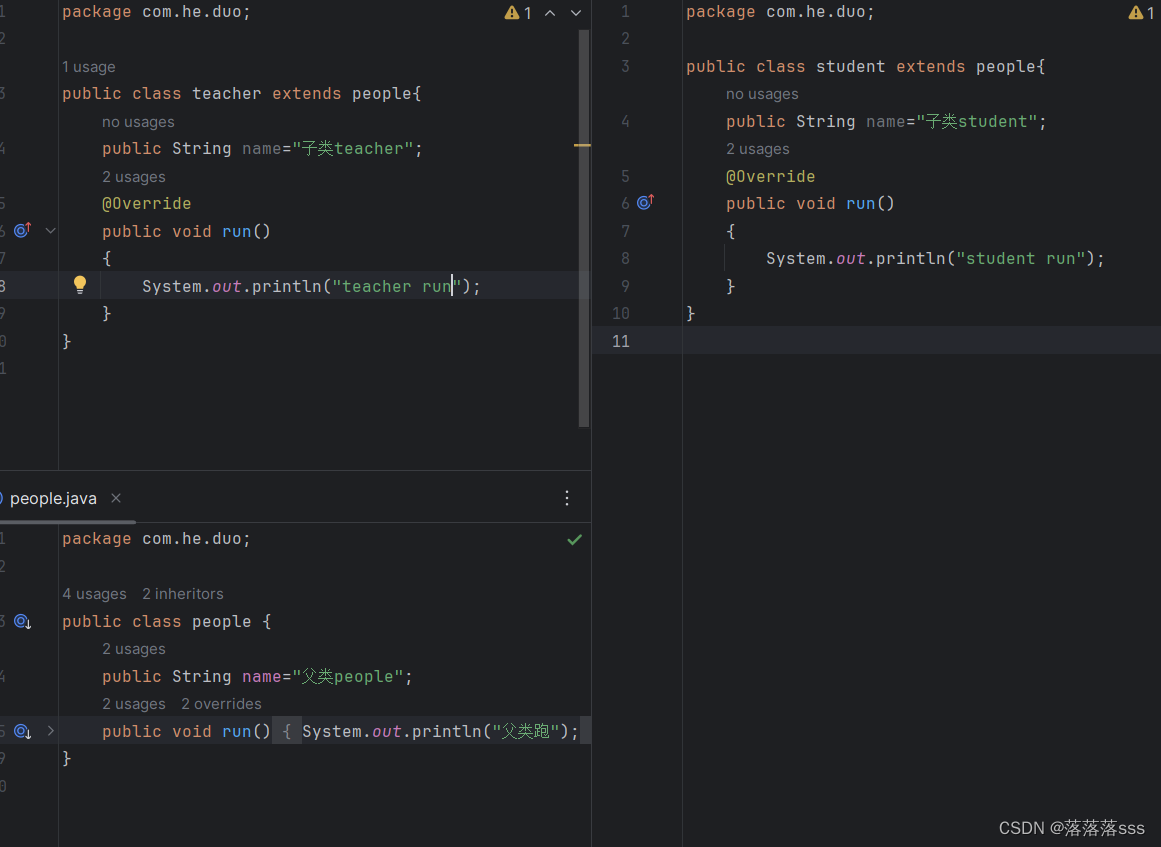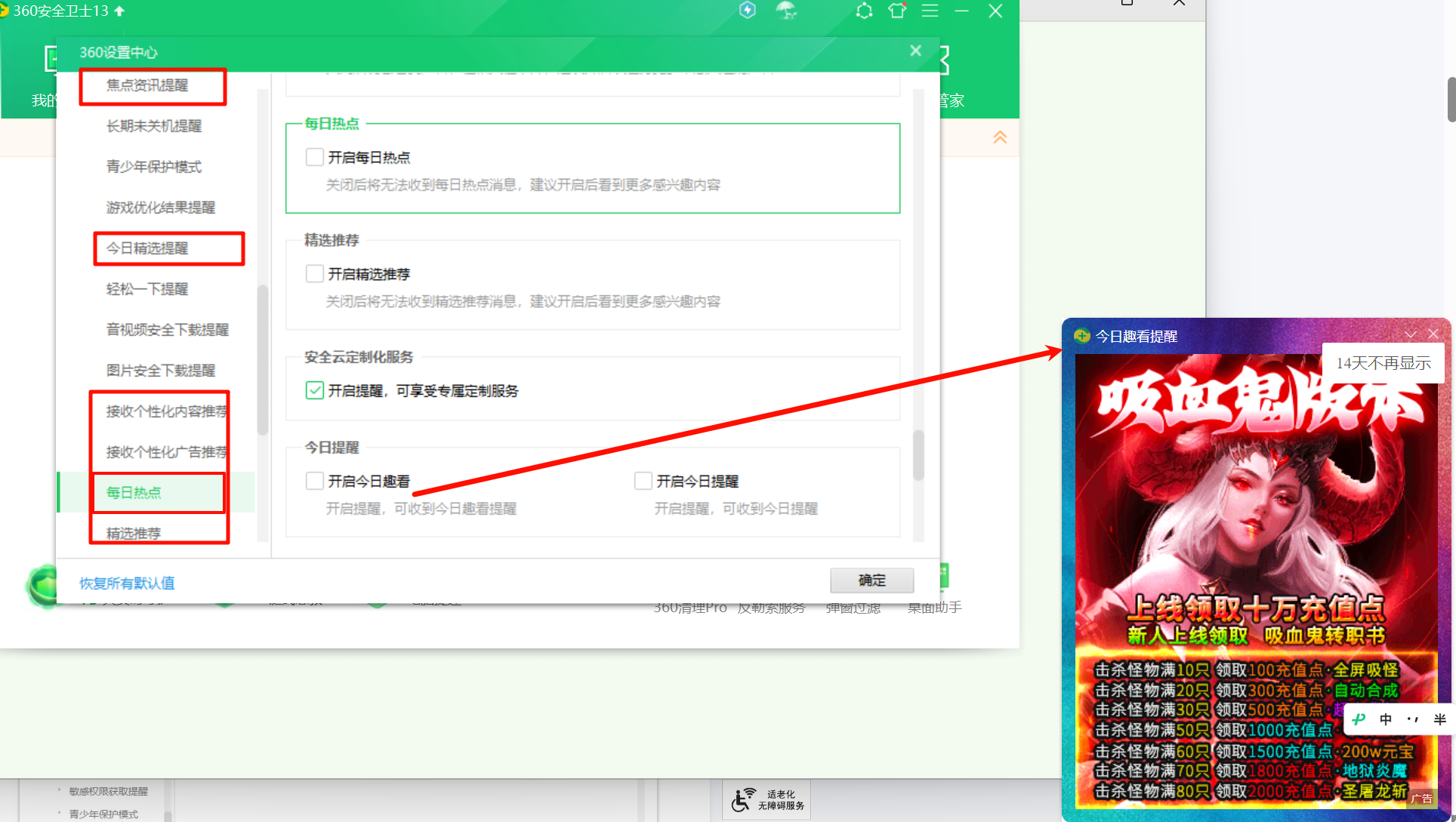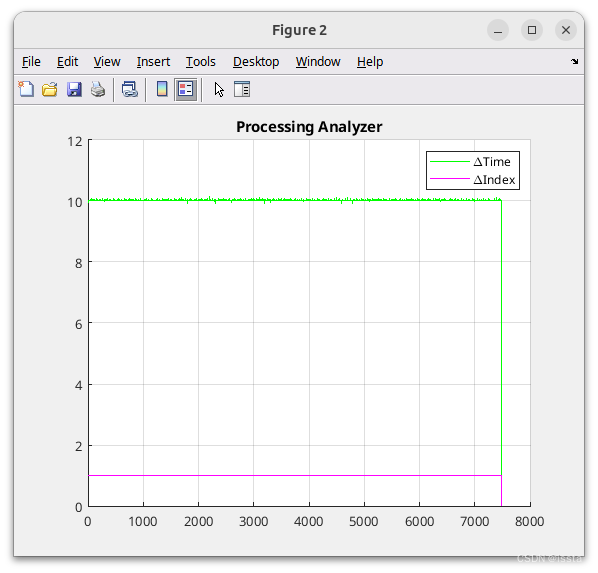多态:
多态分为对象多态,行为多态
多态的前提:
有继承/实现关系;存在父类引用子类对象;存在方法重写;
注意:多态是对象,行为的多态,java的成员变量不谈多态
这是我写的三个类:

测试:
public class test {public static void main(String[] args) {//对象多态(编译时看左边,运行时看右边)//编译时是people父类的run函数people p1=new teacher();people p2=new student();//行为多态p1.run();//teacher runp2.run();//student run//成员变量没有多态(编译看左边,运行还是看左边)System.out.println(p1.name);//父类peopleSystem.out.println(p2.name);//父类people}
}
使用多态的好处:
定义方法时,使用父类类型的形参,可以接收一切子类对象,扩展性更强
在多态形式下,右边的对象是解耦合的(可以随时切换)
缺点:
多态下不能使用子类的独有功能,只能用重写父类方法的方法
解决方法:强制类型转换,把父类对象强转成子类对象
子类 对象名=(父类)父类对象
注意:强转前,使用instanceof关键字,判断当前对象的真实类型,再进行强转
public class test {public static void main(String[] args) {people p1=new student();people p2=new teacher();student s1= (student) p1;s1.studentrun();//student s2= (student) p2;//ClassCastExceptionif(p1 instanceof student)//是返回true{student s3= (student) p1;s3.studentrun();}if(p2 instanceof teacher){teacher t1= (teacher) p2;t1.teacherrun();}}
}
final关键字:
修饰类:该类为最终类,不能被继承
修饰方法 :该方法为最终方法,不能被重写
修饰变量:该变量只能被赋值一次
变量:
1局部变量2成员变量:
1静态成员变量
2实例成员变量
常量:
使用static final 修饰的成员变量就被称为常量
public class test1 {public static final String NAME="hhh";public static void main(String[] args) {System.out.println(NAME);//hhh}
}











